Review of wild wood yarn by Erika Knight
I first learned of this yarn in early 2018 and was instantly excited about it. I love the idea of blending sustainable fibres to bring strength and durability as I step ever further from nylon blended yarns.
If you haven't come across nettle fibres in yarn before, then you can do some more digging here. A general webs search for nettle fibres will yield a lot of readying.

The review
I was sent a skein of 'wild wool' in the colour 'mooch' by Erika Knight, so that I could review it. If you just want a quick review of this yarn, scoot straight down to the bottom to see how it scores and the five words I use to describe it.
The advantages of nettle
I suspect that more and more, we are going to see nettle blended yarns come available - yay!
The nettle fibre (may also be referred to as viscose) within this yarn is 15% and the other 85% is wool (undefined breed/s). What the nettle brings to the party is strength (this yarn has to be cut, you will struggle to break it with your hands) and durability.
There is another advantage of adding nettle fibres - they don't tend to take dye. This means that yarn blends with nettles tend to have silvery grey streaks running through them, adding shine, and colour interest to the yarn. If you have seen silk blended through yarn, the effect is similar.
Environmentally, nettle is a sustainable fibre. It can easily be grown without chemicals and doesn't depend on prime agricultural land for growth unlike other crops.
Ripping back
Initially, I started to crochet a pair of slip stitch mittens with the yarn, but couldn’t get gauge (issues with the pattern, not the yarn). I frogged back the project and decided to crochet a hat instead. This may seem irrelevant, but I often find that single ply yarns don't fair well with being crocheted/knitted after frogging.
I actually frogged the beginning of the hat twice more before I settled on a hook size. The yarn ripped back easily, with no obvious fibre fraying (which can make it look like a garment that has seen serious wear and tear). This may seem like a minor point, but if you like to fiddle with patterns, being able to rip a yarn back and rework it without any detrimental visual affects is really important. Last year, I worked with a chunky single ply yarn and after ripping it back once, it looked terrible and I didn't want to continue with the project. Not the case with wold wool!
Crocheting the Wynn Slouch Hat
I used a 5mm hook (suggested hook size for this yarn) to crochet my hat. I really like the dense fabric that I got with it, which was what I wanted to create for this hat. If I was making something else with this yarn, because I am a fairly tight crocheter, I would probably go up a hook size or two to create more drape.

I used just under 100g to finish the hat (as per the 80 row pattern). The pompom was made with a little bit of scrap yarn (Rowan) that I had in my stash.
There were no issues with fly away fibres getting tangled up on my hook - an issue that I occasionally have with single ply yarns.
Stitch definition
Single ply yarns create really beautiful crochet stitches. There is something very defined about the twist of a crochet stitch when it doesn't have the added detail of more than one strand plyed together.
Fabric
As mentioned above, the crocheted hat is quite dense. That was what I was after, but I think the yarn would also work up to have a nice drape and structure had I chosen a different project and larger hook size.
Softness & blocking
I am probably not the best person to gauge softness of yarn, given that I can wear Icelandic wool next to my skin. That said, one of the most sensitive parts of my body is my forehead. I only get a slight prickle when I wear the hat, but I haven't yet washed and blocked it - which can make a big difference to the softness of yarn.
As soon as I have washed the hat, I will add my thoughts here to complete the review.
Colours
"wild wool" comes in eight shades and each is inspired by the wild. The palette is very earthy, Autumn/Winter which is my favourite palette to work with. The silver strands of the nettle fibres are visible in each of the shades.
My particular favourites are "pootle", a dirty mustard and "amble" a slivery grey which I suspect is undyed.
Provenance
I'm not sure where the wool and nettles are coming from, but the yarn is spun in Italy. The other nettle blended yarn I have worked with was also spun in Italy and it seems to be where the nettle fibre in yarn development work is being undertaken.
The scores
The yarn has been scored on: how it was to crochet with; softness of the final fabric; ripping back; texture and a final combined score (4.7t of 5).

Summing up
I like to choose five words to describe the yarn and sum it up. For me, "wild wool"
is:
smooth
silvery
easy
stranded
dense
So, if you want to get your hands on some of this lovely yarn, here is a link to Erika Knight stockists (global).
Follow
I am mainly active on Instagram and you can catch me at:
knitithookit - for all the products and how I make/find them
FayDHDesigns - for my crochet and knitwear designs
crochet_circle_podcast - for my monthly podcast info
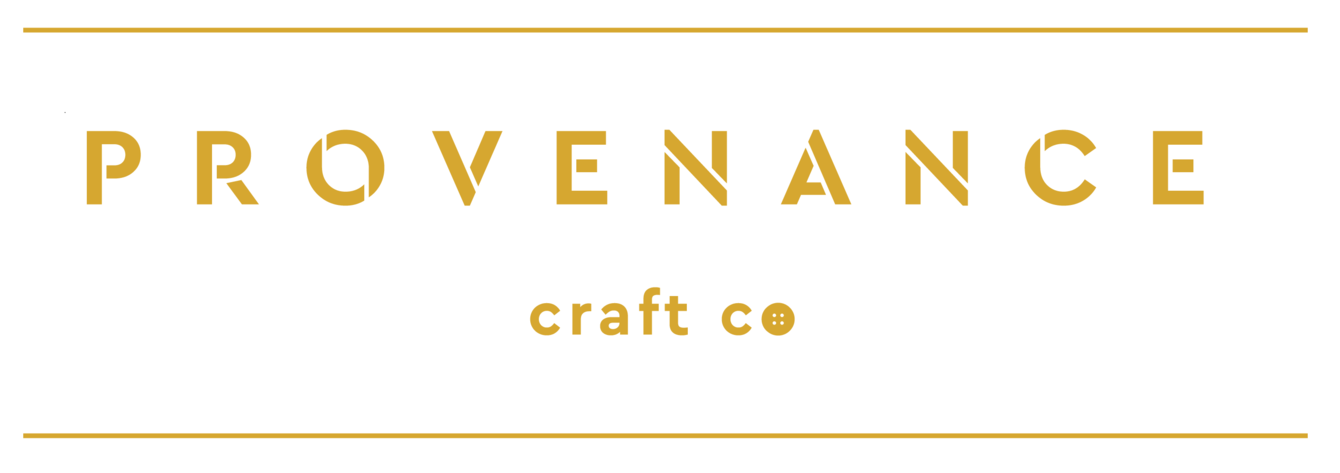

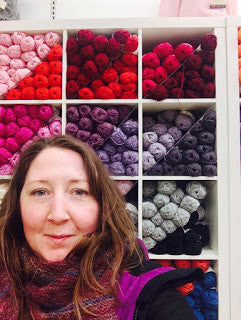
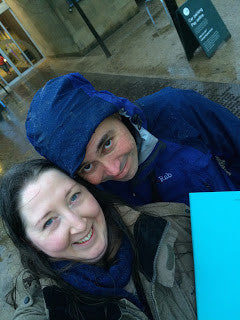
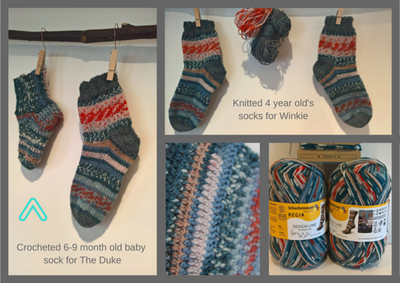
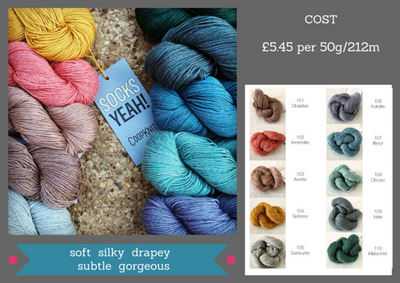
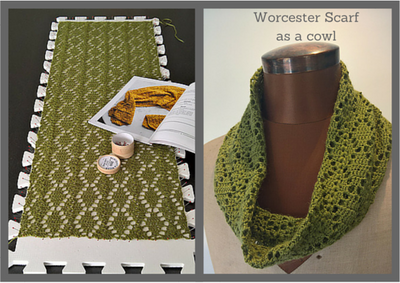
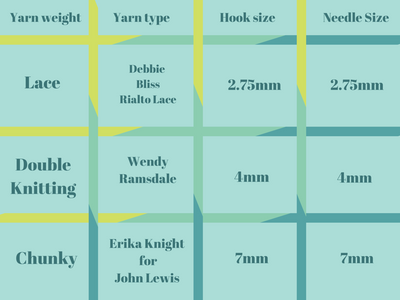
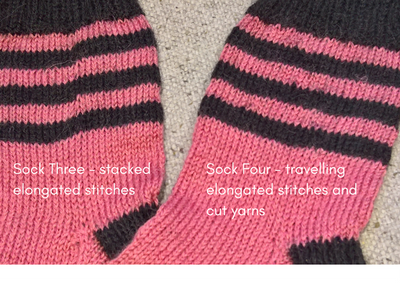
cheap cialis online
http://ponlinecialisk.com/ – cialis 40 mg
Gonorrhea Zithromax NaisishNib order cialis Raibia Micronised Amoxicillin